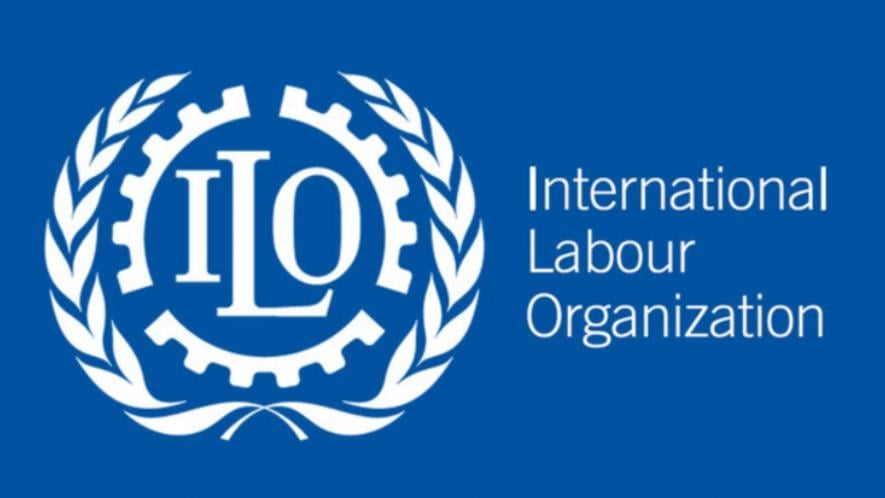ILO Report Highlights Global Occupational Gender Disparities, Senior Management Gender Gap

The recent insights from the new ILO database Worker and Sector Profiles have revealed that traditional gender roles continue to exert a profound influence on occupational distributions with only 36% of senior and middle management roles held by women.
The analysis of gender dynamics in the global workforce has shed light on prevailing challenges and progress in achieving workplace equality.
On the brighter side, however, the analysis reported that in the traditionally male-dominated STEM occupations, marked progress was discernible, with two in five STEM workers globally now being women.
The ILO report confirmed the influence of gender roles on occupational distributions, as evidenced by high female representation, exceeding 90%, in roles such as nursing, childcare, teaching, and clerical positions. Conversely, sectors involving high-risk occupations, including locomotive engine driving, heavy machinery operations, and ship deck crews, remained bereft of female representation. The gendered nature of certain industries, exemplified by male dominance in mining, quarrying, and construction, persisted, while a more balanced gender distribution was observed in retail, said the report.
It read: “The stubborn gendered nature of care work has had severe implications for women’s labour market outcomes, economic independence, and broader gender equality. As the global demand for care increases due to factors like changing family structures, population ageing, and climate change, there is an urgent need for adequate and gender-transformative care policies to address the growing care demands and to mitigate constraints on women’s labour force participation and equal representation in society and decision-making. Failure to address these evolving needs might further accentuate gender inequalities in the workforce and place an additional burden on the already strained care workers, especially in the aftermath of the COVID-19 pandemic.”
On the other hand, the paradigm shift in the traditionally male-dominated STEM occupations has been led by countries such as Mongolia, Belarus, and Lesotho, where women constitute more than half of STEM employment.
However, formidable challenges persist in the advancement of women's careers with only 36% of senior and middle management roles being held by women, exposing a significant void in professional opportunities.
The report added, “Furthermore, women predominantly hold management roles in areas traditionally viewed as female-centric. For example, 89% of childcare service managers and 78% of aged care service managers are women. Conversely, a mere 1% of mining managers are women, unsurprisingly given the mining sector is male-dominated.”
Gender representation was more balanced in public relations, human resources, finance, and business services, where women held almost half of these managerial positions. “Notably, only about one-fifth of managing directors and chief executives are women. These findings reflect not just a gap in numbers but, more importantly, in opportunities, empowerment, and perceptions,” said the report.
“Navigating the global gender dynamics in the workforce reveals both progress and challenges. Professor Claudia Goldin’s Nobel recognition emphasized the importance of women’s roles in labour markets. From our exploration of occupational and sectoral trends, the narrative is clear: there are fields where women lead, areas where they’re just stepping in, and somewhere they’re still largely absent. Remarkably, traditional views and patterns persist, with limited signs of change – be it in STEM occupations or managerial positions. As we navigate towards a more equitable future, it’s vital to keep the dialogue alive, challenge norms, and most importantly, celebrate every stride towards gender parity. Every figure, every statistic, and every story holds the potential to inspire change and set new milestones in our collective pursuit of equality,” the report concluded.
Get the latest reports & analysis with people's perspective on Protests, movements & deep analytical videos, discussions of the current affairs in your Telegram app. Subscribe to NewsClick's Telegram channel & get Real-Time updates on stories, as they get published on our website.
























